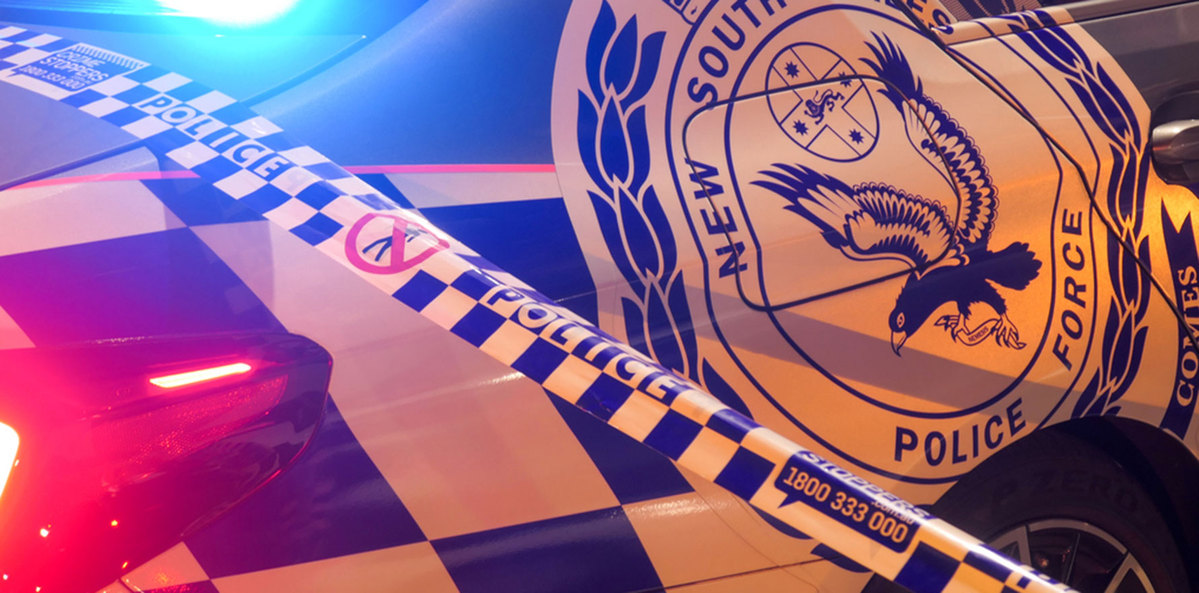The guideline offers support to physicians, patients and families faced with what can be a daunting diagnosis.
The first Australian ADHD prescribing guide has been developed to promote consistency in ADHD treatment across the country.
The guide, which covers assessment, medication choice, dosing, monitoring, adverse effects, switching, stopping, and specific populations, as well as non-pharmacological options, has been produced by the Australasian ADHD Professionals Association (AADPA) and costs $149.
AADPA president Professor David Coghill, professor of child and adolescent psychiatry at the University of Melbourne, and AADPA director and pharmacist Kate Tognarini are the co-lead authors.
The guide is based on research from contributing authors, the Australian Evidence-Based Clinical Practice Guideline for ADHD (2022) – “the gold standard for ADHD assessment, diagnosis and treatment in this country” – and the views of leading Australian practitioners.
Professor Coghill said AADPA had produced the guide to help physicians achieve consistency, given data showing the “significant variability in ADHD prescribing across the country”.
Ms Tognarini said: “When a person suspects they, or a family member, might have ADHD they are at the start of what can be a confusing and at times overwhelming journey. This guide is another piece of the puzzle to allow health professionals to support them in the best way possible.”
Stimulant medications are schedule 8 and prescribing rules vary among states and territories. Paediatricians and psychiatrists are the primary prescribers, but in some states GPs can prescribe through shared-care arrangements. Authorised GPs can also initiate stimulants in rural settings in Queensland and NSW where access to those specialists is difficult.
Related
The guideline states up front that “pharmacological treatment is most effective in reducing core ADHD symptoms and that non-pharmacological treatments provide additional support to minimise the daily impact of ADHD symptoms and associated difficulties”. Evidence-backed non-drug treatments include psychoeducation (education about the condition), ADHD coaching, cognitive-behavioural interventions, lifestyle modifications around exercise and diet, and parent-family training.
The 150-page guide is divided into two parts: the patient journey from the point of diagnosis and frequently asked questions.
In the Medication Choice section, for example, the guide deals with which stimulant to try first, differences between them, the importance of understanding the pharmacodynamics and pharmacokinetics (which are not themselves covered in detail in the guide) of each, how to switch between them, dose equivalences, recommendations for different age groups and those with coexisting mental health conditions or substance use disorders, contraindications, and non-stimulant medications.
The recommendations are punctuated with practice points and tips from a lived experience perspective.
Other Part I sections cover titration and optimising dose, monitoring progress and managing adverse events.
The FAQ covers a wide range of more specific topics including PBS listings, comorbidities, pregnancy and breastfeeding, sleep, long-term safety, travel and roadside drug testing.
The guide will continue to be updated under the oversight of an expert advisory panel of national and international experts.
AADPA also sells an ADHD clinical guideline and has factsheets free to download on its website.
ADHD Prescribing Guide For Australian Healthcare Professionals





